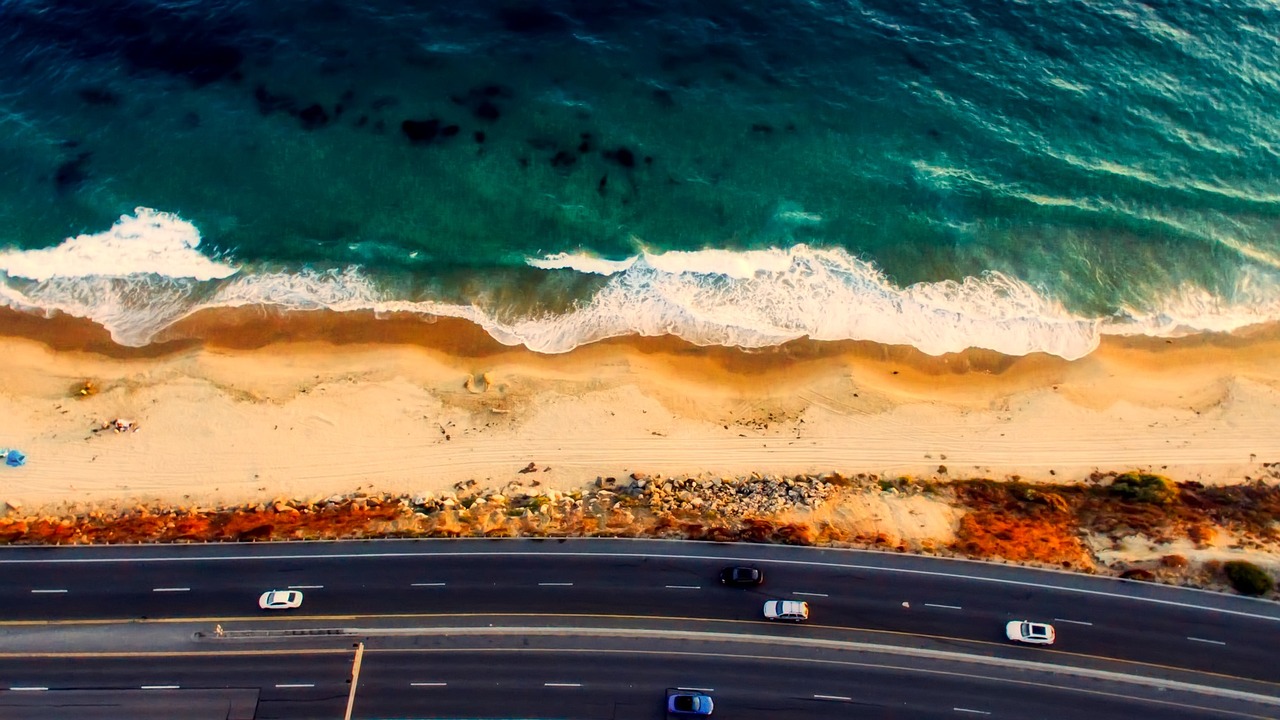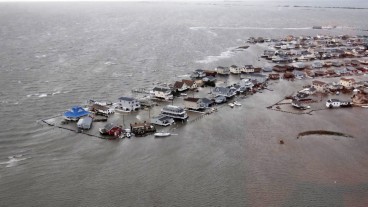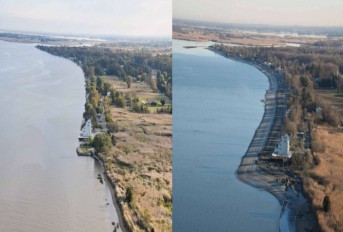Study warns up to 70 % of California’s beaches may disappear

A new analysis by the Surfrider Foundation, as discussed in SFGate, indicates that up to 70% of California’s sandy beaches could be lost by 2100 if coastal erosion, sea level rise, and declining federal support for restoration persist.
The report highlights that the combination of rising seas and reduced funding for coastal programs intensifies the threat to shoreline stability. Recent cutbacks in federal contributions, particularly reductions in programs under the Infrastructure Investment and Jobs Act and proposed budget reductions at NOAA, may weaken resilience efforts along the Californian coast.
In response to escalating risk, communities in San Clemente and San Onofre have advanced localized adaptation efforts centering on nature-based strategies rather than traditional armoring. San Clemente has resisted further hard defenses along the Pacific Surfliner rail line, favoring more incremental shoreline protection. San Onofre has initiated collaborative processes funded by local entities to develop erosion mitigation planning, notably in light of its estimated $37 million in annual economic contribution.
In Ventura, a phased program of “managed retreat” has been underway at Surfers’ Point: infrastructure such as parking zones and bike paths has been relocated away from the shoreline to allow dune systems and native vegetation to stabilize the beach form. The project, initially launched two decades ago, is now entering a new construction phase slated for completion in 2026 to deliver enhanced shoreline resilience over coming decades.
The report contrasts nature-based adaptation with conventional methods. Agencies like SANDAG continue to favor periodic sand replenishment (nourishment) cycles every five to ten years to maintain beach width. However, coastal scientists cited in the report caution that such approaches, and especially seawalls or riprap, tend to degrade adjacent shoreline segments over time, worsening erosion, phenomena known as edge scour or coastal squeeze.
The study frames managed retreat as increasingly likely to be the only sustainable long-term option in many high-risk zones, even though it remains politically challenging. The Surfrider report underscores the urgency of integrating resilient beach management into state and local infrastructure planning, particularly given the compounded effects of rising seas, storm intensification, and fiscal constraints.
Source: SF Gate
Want to read more like this story?

Virtual CoastCraft game lets students explore coastal erosion in Minecraft
Oct, 06, 2025 | NewsA new educational game called CoastCraft has been launched within Minecraft Education to help child...

A Comprehensive Overview of San Francisco's Waterfront Flood Study
Apr, 25, 2024 | NewsThe San Francisco Waterfront Flood Study, a collaborative effort between the U.S. Army Corps of Eng...

U.S. coastal areas will be frequently flooded if sea-level rise is not mitigated
Apr, 24, 2020 | NewsAccording to a new study, coastal cities in the United States may experience flooding incidents eve...

The Oakwood Beach before and after reconstruction
Jan, 20, 2015 | NewsA two-mile long heavily eroded shoreline was reconstructed along the Delaware River in Salem C...

Portsmouth Coastal Scheme: colossal coastal protection project about to begin
Jan, 30, 2015 | NewsAn extended coastal protection project is about to begin in Portsmouth, UK, covering nearly 13km of...

Six houses lost to the Atlantic in North Carolina’s Outer Banks
Oct, 01, 2025 | NewsSix unoccupied homes in Buxton, North Carolina, collapsed into the Atlantic Ocean on October 1, 202...

Harnessing the Power of Hybrid Dunes for Coastal Protection
Dec, 19, 2024 | NewsProtecting coastlines against the growing threat of sea level rise and extreme weather events has b...
Around 1000 destructive landslides in Auckland as a result of Cyclone Gabrielle
Feb, 16, 2023 | NewsA geologist has called for a priority study of the city's vulnerability and risk, while an Auckland...
Greece’s Navagio Beach to remain closed for the summer due to landslide risk
Mar, 23, 2023 | NewsIt was announced earlier this month that the popular Navagio Beach in Greece will remain closed thi...
Trending

Vertical gardens in Mexico City to combat pollution

Saudi Park Closed After 360 Big Pendulum Ride Crashes to Ground, 23 injured

Characteristics of Load Bearing Masonry Construction

Taipei 101’s impressive tuned mass damper

Dutch greenhouses have revolutionized modern farming

Federal court rules Biden’s offshore drilling ban unlawful


